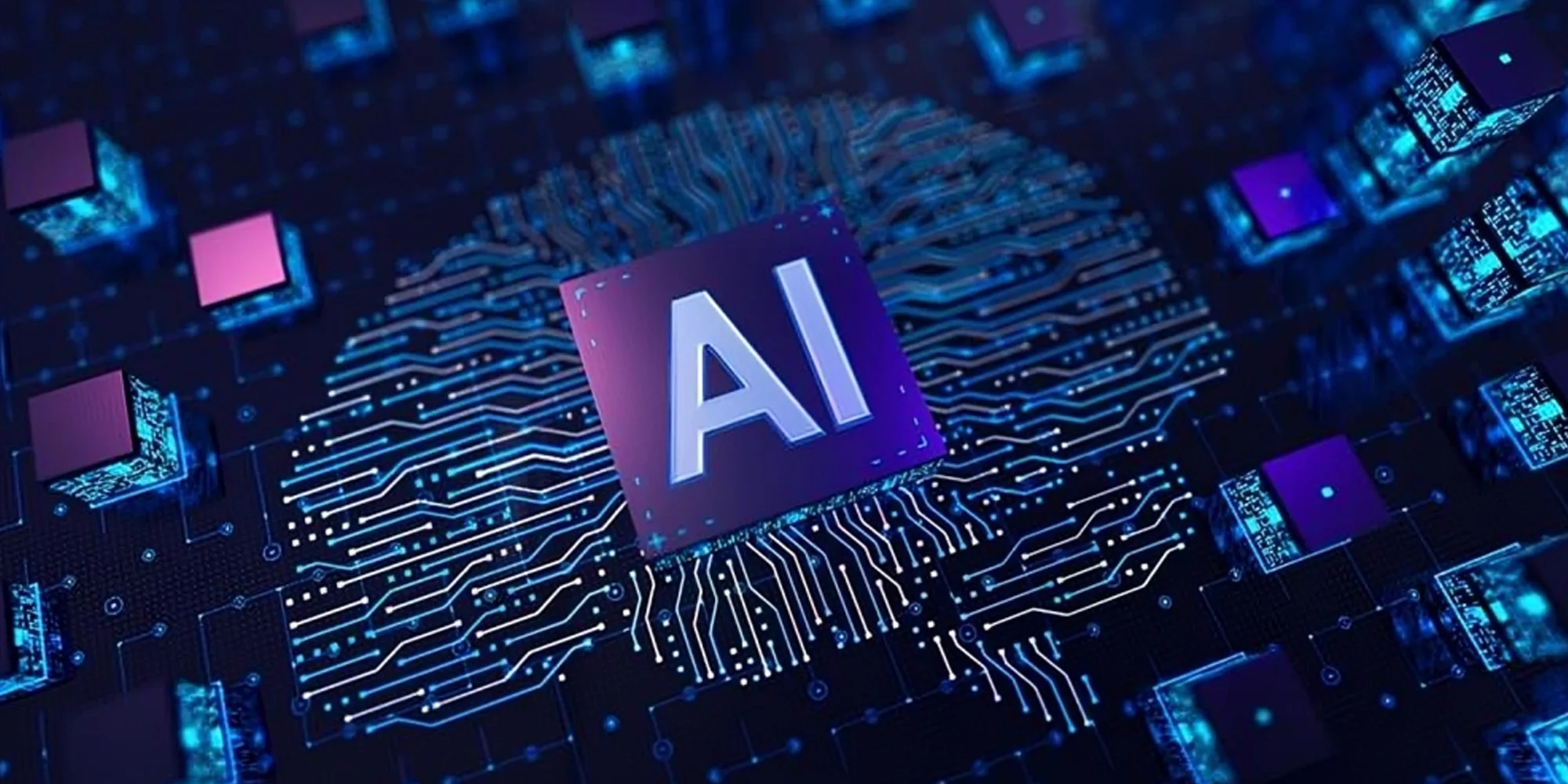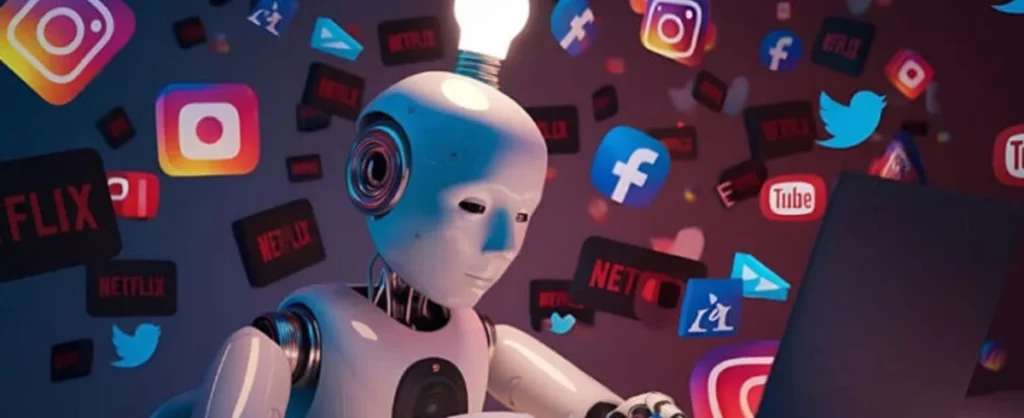Necessary Always Active
Necessary cookies are required to enable the basic features of this site, such as providing secure log-in or adjusting your consent preferences. These cookies do not store any personally identifiable data.
|
||||||
|
||||||
|
||||||
|

Artificial intelligence (AI) has become part of our day-to-day lives, shaping the way we work, communicate, and make choices. Most people may not know the degree to which AI infiltrates regular activities, such as online communication, daily commutes, web searches, and shopping online. According to a survey by thesocialshepard.com, 56% of employees utilize AI every day, with 81% reporting improved job performance as an outcome.
Although such developments, there are still apprehensions about the effect of AI on employment. Goldman Sachs has estimated that AI might replace as many as 300 million full-time jobs globally by 2030, emphasizing the importance of anticipatory workforce adaptation and reskilling strategies. Applications of AI keep developing, their impact on different aspects of life and business is becoming more and more profound, requiring careful integration strategies to maximize their advantages while minimizing possible challenges.

Artificial Intelligence has entered our homes, making everyday life simpler, more efficient, and intelligent. From helping us with mundane tasks to improving home security through IoT, AI is assisting us in taking better care of our homes. It saves us physical effort, time, and adds convenience. AI is becoming increasingly a quiet partner in our homes, streamlining tasks that previously required constant monitoring.
Smart assistants powered by AI assist you in everyday activities such as setting up alarms, home light control, or playing your favorite songs with simple voice commands.They respond to your questions, inform you about the weather, and even give you news updates. They learn from your actions day by day and make interactions easier.
Home appliances are now equipped with AI that learns the patterns and preferences of your use over time. The washing machine adjusts the wash cycle depending on the fabric and load size, while the refrigerators regulate cooling depending on what is inside. This not only saves energy but also increases performance. AI ensures that the equipment is efficiently operating, offering you more convenience and comfort to manage each setting.
AI-operated security systems make homes safe and more secure. Smart cameras, doorbells and motion sensors can detect unusual activities, differentiate between pets and strangers, and inform you immediately. Advanced systems use facial recognition to identify known individuals. With a real -time update sent to your phone; you can monitor your home from anywhere. AI adds a smart layer of security that works round the clock.

AI has changed the way to travel every day, making it smooth, sharp and less stressful. Whether it is looking for the best path, booking a cab, or receiving real -time updates on public transport, AI is working behind the curtain by using cloud computing. It helps in saving time, avoids unnecessary delays, and improves the overall experience, which is more approximate and convenient for millions of people.
Navigation apps based on AI assists drivers in determining the quickest routes by considering real-time traffic, roadblocks, and accidents. They change directions if there are unexpected delays and continue to update the estimated time of arrival. These apps provide alternative routes to bypass traffic congestion, enabling you to arrive at your destination sooner. AI ensures your daily commute is smoother and shorter.
AI is the backbone of ride-sharing platforms. It matches you with the nearest available driver, calculates rent based on time, distance and demand, and selects the best route. AI also adjusts prices during peak hours to balance demand and supply. This system helps the drivers to improve, while the passengers make sure to ride rapidly. The whole experience is designed to be smooth and trouble free.

AI is playing a crucial role in the financial sector by making banking safer, quicker, and more convenient. It helps detect fraud, improves customer service, and automates credit checks. With AI, banks can offer personalized services, secure transactions, and faster approvals. It reduces the need for manual checks, providing customers with a smoother banking experience anytime and from anywhere.
AI tracks your bank transactions 24/7 and recognizes any suspicious activity in real time. It seeks out patterns that are not consistent with your normal spending behavior, like large payments or withdrawals from unknown places. When detected, the system immediately notifies the user or freezes the transaction. AI in banking shields you from fraud and keeps your hard work safe.
AI speeds up the credit assessment process by analyzing several factors such as income, spending behavior, debt history and repayment patterns. Instead of waiting for days, now you can get your credit score and loan approval within minutes. This helps banks to make fast lending decisions, reducing paperwork. AI ensures that credit assessments are more accurate, fair and accessible to a large group of people.

Artificial intelligence is central to the shopping experience online and makes it personalized, efficient, and easy to use. It provides companies with insights into consumer behavior, pricing trends, and service improvements. Customers can easily discover new products, compare prices, and make informed decisions. By streamlining the shopping experience from start to finish, AI is transforming online retail.
Every time you see “recommended for you” products on platforms like Amazon, it’s AI working in the background. It analyzes your browsing history, previous purchases, and preferences to suggest items you’re more likely to buy. These personalized suggestions not only save time but also make shopping enjoyable. AI makes sure you find what you need, often before you even search for it.
AI enables e-commerce sites to dynamically adjust prices in real time according to demand, competition, and stock availability. You may find price alterations while shopping. AI makes companies competitive while providing customers with the best price. It considers time-bound elements such as festivals, discounts, or trends in the market, which makes online shopping dynamic and market-oriented daily.

Most of what we do on social media is powered by AI. It makes your feeds personalized, suggests friends, and even keeps an eye out for content safety. AI makes sure you get to see what matters to you and keeps bad posts and profiles under control. AI is transforming the manner in which individuals connect, share, and interact online, making it a more seamless and secure experience every time you open up.
AI studies your likes, comments, shares and search history, to understand what you enjoy watching on platforms such as Facebook, Instagram and LinkedIn. This then cures your feed to suit the material, post, and advertisements. It keeps you busy and returns to more. AI ensures that your social media experience feels relevant and personal every time.
Social media platforms use AI to detect and filter improper materials, fake accounts and spam. The AI scans the posts, comments and profiles to ensure that the platform remains safe and clean. It automatically removes harmful materials and flags suspicious activity. This helps users to protect against scams, cyberbullying and misinformation, which creates a better and more reliable social networking environment.
What is so compelling about AI is how seamlessly it blends in our everyday life – often without the need for notice. Whether it is a product suggestion or a road change that saves your drive, AI subtly improves convenience in ways that we do not always take time to notice. The real beauty of AI lies in the ability to learn and grow with us. It adapts, develops, becomes more comfortable, which makes each interaction feel slightly smarter than the final.
And when we are busy living our routine, the AI is working in the background, giving a future shape where the tasks are comfortable and decisions, a little easier. Now the question is not whether AI is in our life – it is how much it will move in shaping them again. For example, bloggers and other advertisers often use mailing-list services which are powered by ML to optimize reader engagement. The tale of AI and ML doesn’t seem to have an ending. People have embraced it for years and with its current advancement, we can only tell so much.
Sign up to receive our newsletter featuring the latest tech trends, in-depth articles, and exclusive insights. Stay ahead of the curve!